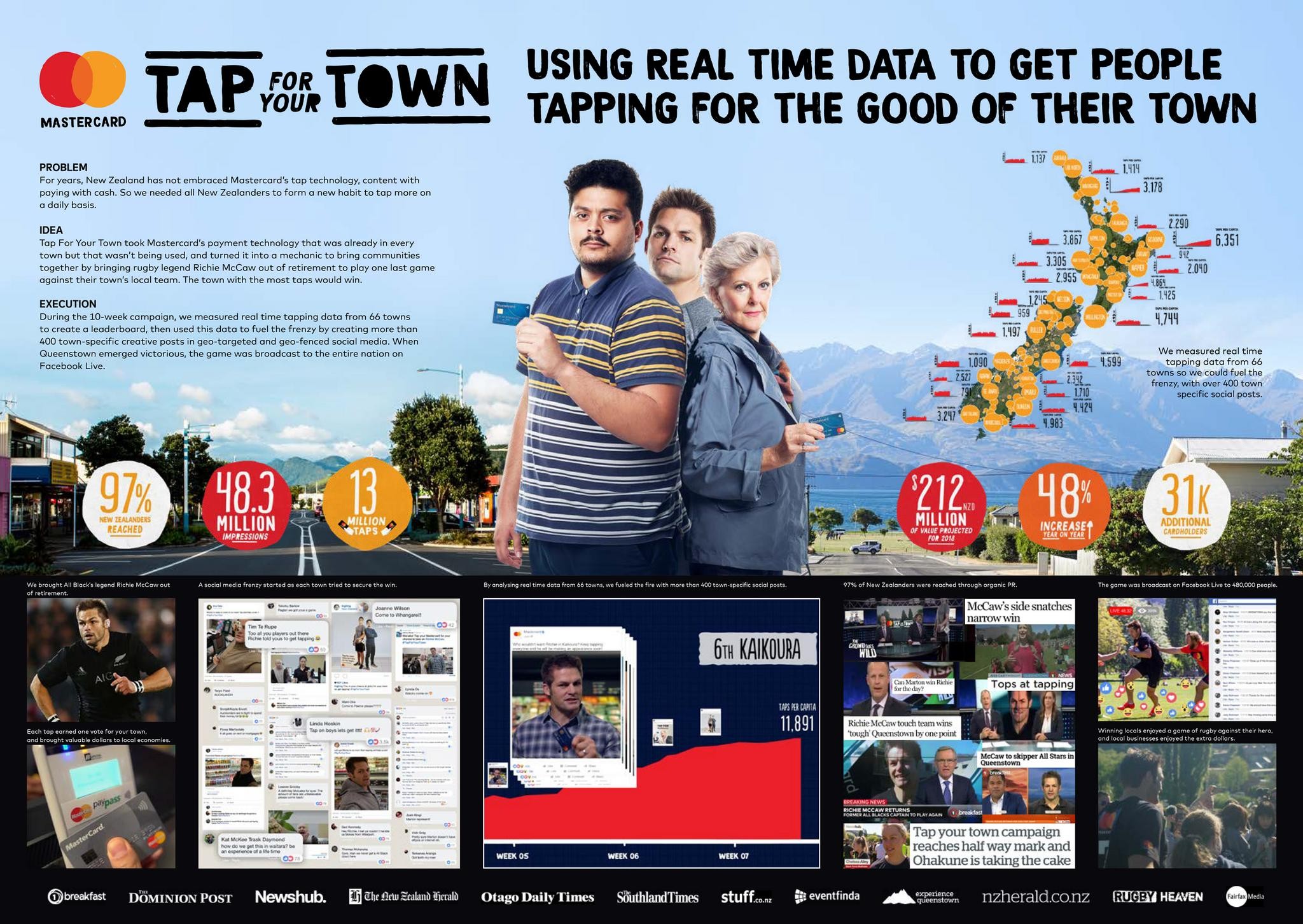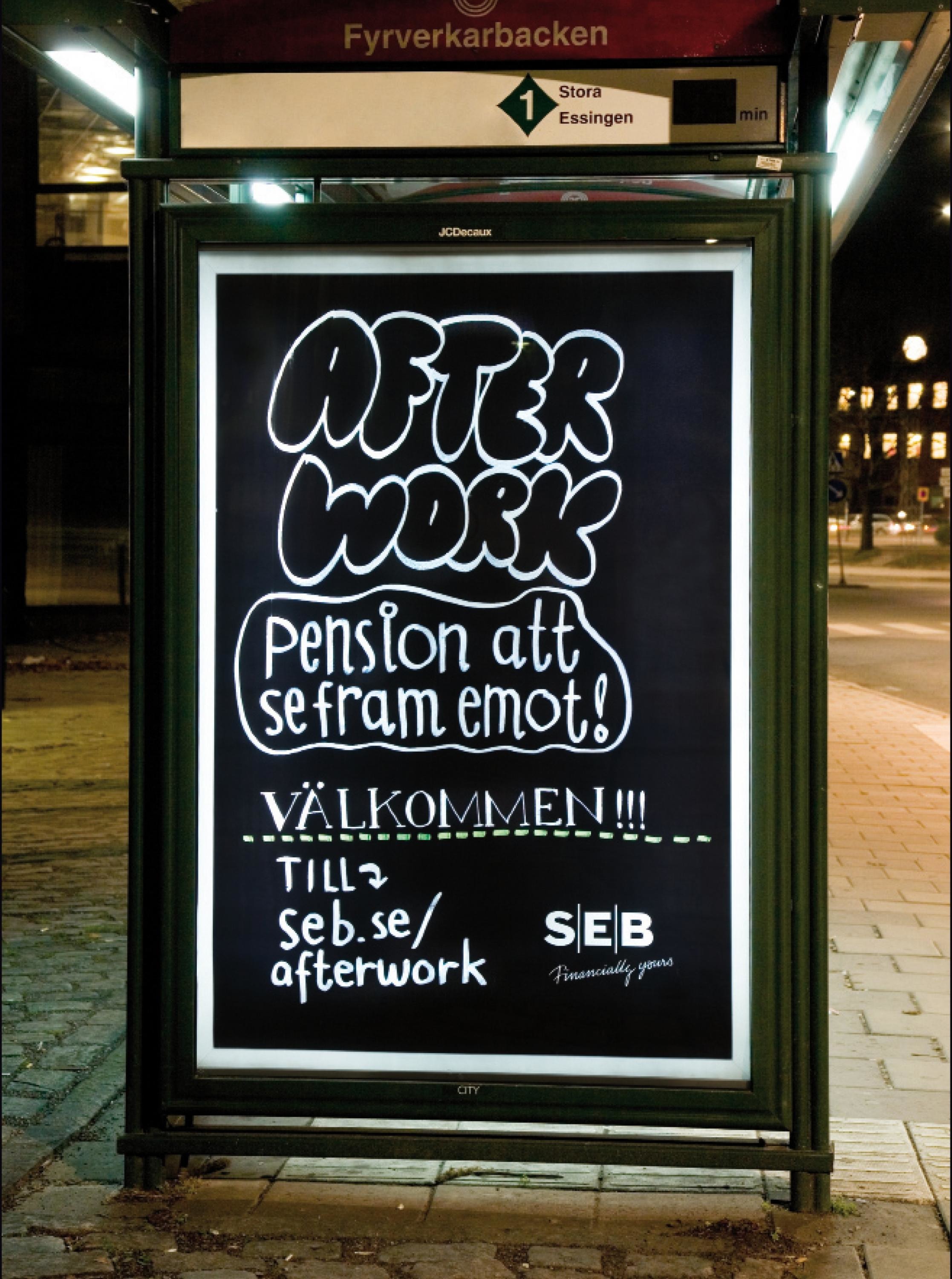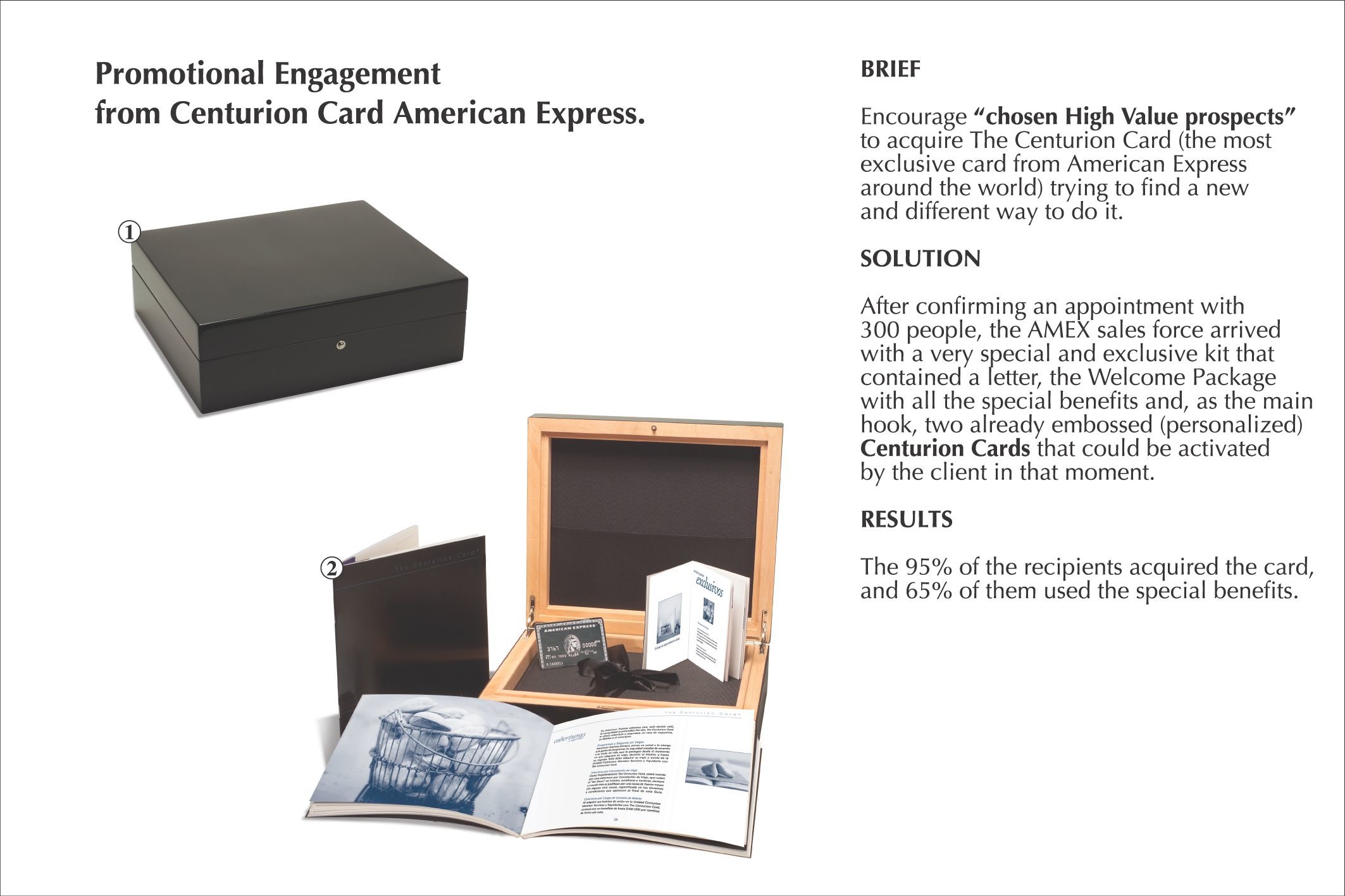Cannes Lions
Touch Card
McCANN, New York / MASTERCARD / 2023

Overview
Entries
Credits
Overview
Background
For the 2.2 billion partially sighted and blind people in the world, telling payment cards apart is a daily struggle. Especially after so many banks have removed embossing, the one tactile thing marking the difference between a credit, debit, or prepaid card.
Mastercard has always been committed to standing against inequity by being an agent for change. So we asked ourselves, how can we provide a greater sense of security, inclusivity and independence to partially sighted people around the world?
Working with several leaders in accessibility – including The Royal National Institute of Blind People (RNIB) and VISIONS, we invented the Touch Card. An accessible system of payment cards with cutout notches that allow anyone to identify their credit, debit, and prepaid cards with just a touch.
Idea
The core idea and mission of the Mastercard Touch Card campaign is reflected in our tagline, “A world designed for all of us, is priceless.”
Not only did the Touch Card introduce a new standard for financial inclusion, our campaign reinvented the way we use advertising media to reach our demographic on their terms. Our goal was to get the Touch Card into the hands of those who need it most – and to show the world what was possible when designing a campaign for the visually impaired.
The innovative solutions we developed are applicable far beyond the Touch Card campaign – and designed to make all future communications, retail experiences and environments more accessible for low vision people everywhere.
Every part of our campaign was vetted and endorsed by The Royal National Institute of Blind People, VISIONS/Services for the Blind and Visually Impaired, and accessible design leader, IDEMIA.
Strategy
In our extensive dialogue with the low-vision community and accessibility experts from around the world, we were led to realize something most of us take for granted: the majority of traditional advertising media is limited to people with full use of their senses.
These invaluable insights inspired us to develop new and imaginative ways to hack traditional media – and reach our low-vision cardholders on their terms. Not only in our advertising, but throughout the shopping and cardholder experience.
All so we could make our demographic feel more empowered, independent and engaged at every touch point – and introduce them to this invaluable tool.
Mastercard has always played a meaningful role in creating a more inclusive world. And with the Touch Card campaign, we made the longstanding Priceless brand relevant and accessible to a whole new underrepresented demographic: millions of blind and partially sighted people.
Description
Inclusive innovation isn’t an unfamiliar territory for Mastercard—as you may remember us from 2019 with our submission for True Name, a card feature that allows transgender and non-binary peoples to feature their chosen name on the front of their cards. True Name set a new industry standard, bringing this historically marginalized group to the forefront. True Name was just the start, showing us that there is so much more that needs to be done for marginalized groups.
So we delved deeper into other underserved and minority communities, searching for pain points in the financial landscape. We found that there were 290 million people we could help: the Blind and Partially sighted community. Regardless of the massive number of people, there is so much of the world where they cannot participate. Products are created for the sighted majority, ignoring often easy fixes that make things more accessible.For this group, recent banking innovations like mobile wallets and sleek cards have actually made things more difficult, rather than easier. While these innovations are exciting to the masses, many are left behind. When innovation becomes a race for speed, it often skips the extra time it takes to consider the needs of the minority.
Turning to experts in accessibility – like The Royal National Institute of Blind People (RNIB) and VISIONS – to glean insight into what the partially sighted and blind need most, we found that the payment category is somewhere where their needs have been neglected.
We heard stories of the deep anxiety that comes with approaching the store check-out. Something as seemingly simple as purchasing your items is being punctuated with fumbling through wallets, looking for the right card, impatient scoffs and toe taps of other patrons in line, and often paying with the wrong card. Low-vision cardholders have had to hack their cards with scissors, hole punchers, rubber bands or trust someone to identify their card for them. This is so much more than extra time at the register. The implications of non-accessible products say, “this world isn’t for you”.
Introducing Touch Card by Mastercard. Touch Card is an accessible system of cards with cut out notches that allows anyone to identify their cards right the first time, without the hassle of riffling through your wallet or the anxiety of checkout with people tapping their toes. Unique notches in different cards– Squared for credit, rounded for debit, and triangular for prepaid– were designed to be learned instantly. While these notches are useful for everyone, Touch Card was created specifically for the blind and partially sighted community in mind.
There are over one billion people with disabilities–despite this huge number, the world is built for the masses, ignoring the needs of so many. Mastercard, through campaigns like True Name, knows that setting an industry standard changes lives.
From our Touch Card film, audio enabled mail-outs, to the Touch Card itself, Mastercard is making a statement that an inclusive world isn’t optional, but essential.
Execution
Created to work at POS terminals, ATMs and card integrations, the Touch Card is made to be deployed at a global scale. The notches are positioned opposite the chip – not only to indicate which way to insert the card – but to ensure the notches do not interfere with the inner-wiring of any card.
To communicate this invaluable tool into the hands of the low vision community, we put audio descriptions at the center of our film, instead of treating it like an afterthought.
We coded banners and social posts with hidden messages that could be recognized by screen readers for the first time. Designed our direct mailer to speak when our cardholders opened it. Invented a POS innovation to help low vision people locate the card reader. And crafted a radio spot using 3D Dolby Atmos to demonstrate the Touch Card in everyday environments our demographic could relate
Outcome
The response we’ve received from the blind and partially sighted community has been overwhelmingly positive. Community leaders, accessibility experts and low vision influencers have applauded Mastercard for its ability to listen and respond quickly with real, tangible solutions. Every day, we see demand for the Touch Card growing online and across social.
In September 2022, Ajman Bank became the first issuer to offer the Touch Card and a handful of other issuers are in queue to launch. We’re hopeful that this new standard will create a more inclusive world for an often overlooked community, and sheds further light on the importance of accessibility in the financial space and beyond. And with our growing list of issuers, we’re optimistic that one day soon, every card will be a Touch Card. So everyone, of all abilities, can benefit from this accessible payment system.
Similar Campaigns
12 items







